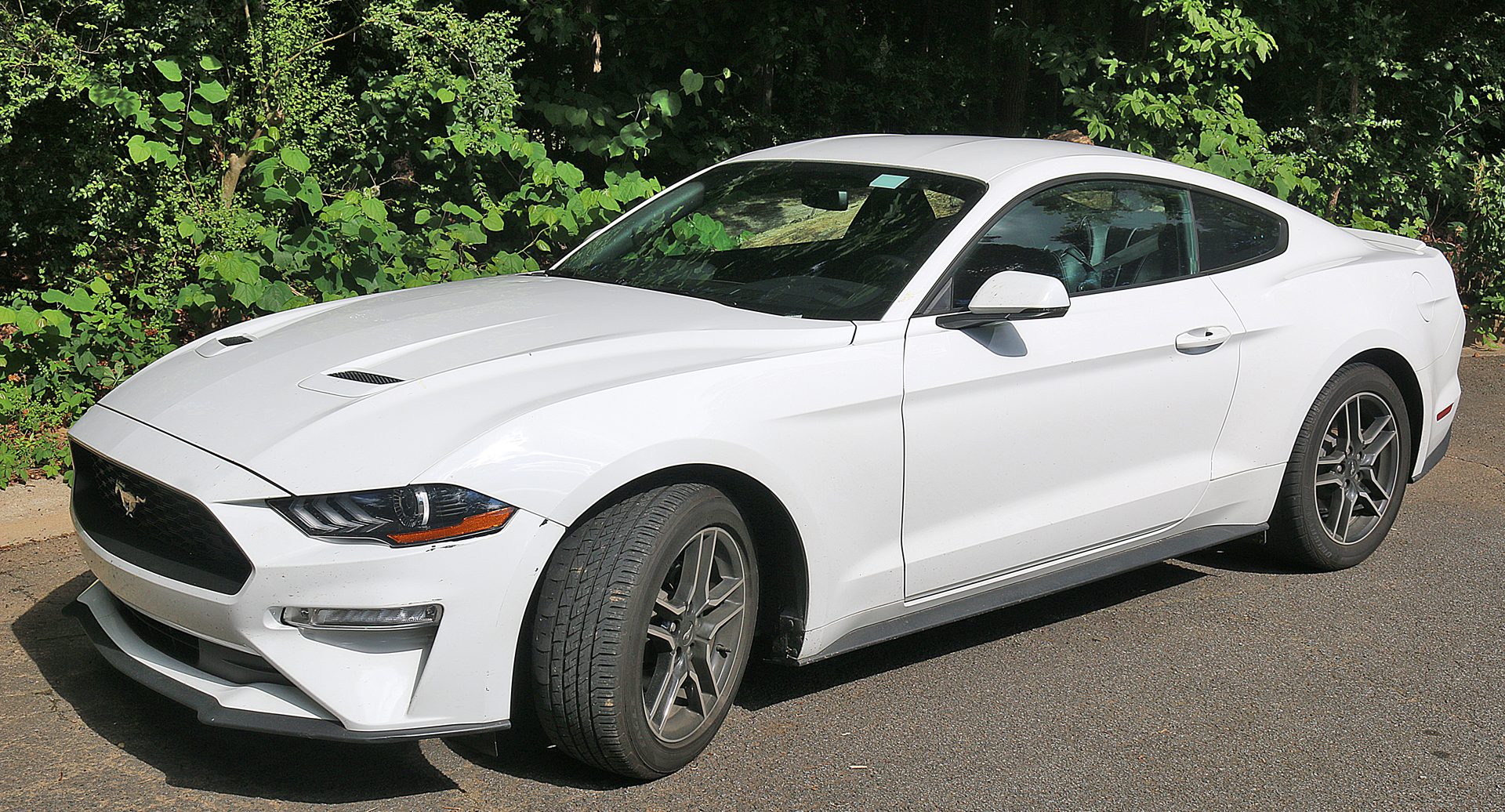Note: This article pertaining to These Codes Could Help You Choose a Rental Vehicle Which is Better Suited For You. was originally published on Monday, August 23, 2021 at 10:15 in the evening and has been updated.
You want to ensure that you rent the vehicle which best suits your purpose and needs. For example, an economy car simply will not suffice if you want to transport six passengers; and due to its limited range, an electric vehicle may not be the best choice for a long road trip.
These Codes Could Help You Choose a Rental Vehicle Which is Better Suited For You.
Rental car companies do show photographs and offer descriptions of the classes of vehicles which they offer for rent — but did you know that the industry has an industry standard vehicle matrix to better define models of vehicles to ensuring as close to as accurate a comparison of vehicles as possible?
This matrix is called the Association of Car Rental Industry System Standards — which is more popularly known as ACRISS — and it was formed in 1989 by Avis, Budget, Europcar, and Hertz Corporation to “formulate and recommend standards for use in the design, installation and use of computerised systems operated by travel agents and others for the reservations of car rental services.” Not long after the matrix was formed, it was joined by the main computer reservation systems at the time — which are known as global distribution systems.
An independent motor vehicle professional is commissioned by the Association of Car Rental Industry System Standards to assign the codes for the vehicle models of manufacturers to ensure better accuracy and transparency to the consumer.
Vehicle Matrix — Car Classification Codes

This matrix is easy to use and consists of four categories, which results in as many as 400 different types of vehicles. Each position in the vehicle code — which is comprised of four characters — represents a defined characteristic of the vehicle; and the codes are created by assigning one character from each of four columns and combining them into a code:
- 1st character denotes the vehicle category — based on size, cost, power and luxury factor
- 2nd character defines the vehicle type — chassis type (van, SUV, wagon, convertible….)
- 3rd character defines the transmission and drive — automatic / manual & 2WD / 4WD / AWD
- 4th character defines the fuel type — petrol / diesel / hybrid/ electric; and whether air conditioned or not
| CATEGORY | TYPE | TRANSMISSION and DRIVE | FUEL and AIR CONDITIONING | |||||||
| M | Mini | B | 2-3 Door | M | Manual Unspecified Drive | R | Unspecified Fuel/Power With Air | |||
| N | Mini Elite | C | 2/4 Door | N | Manual 4 Wheel Drive | N | Unspecified Fuel/Power Without Air | |||
| E | Economy | D | 4-5 Door | C | Manual All Wheel Drive | D | Diesel Air | |||
| H | Economy Elite | W | Wagon/Estate | A | Auto Unspecified Drive | Q | Diesel No Air | |||
| C | Compact | V | Passenger Van | B | Auto 4 Wheel Drive | H | Hybrid Air | |||
| D | Compact Elite | L | Limousine/Sedan | D | Auto All Wheel Drive | I | Hybrid Plug in Air | |||
| I | Intermediate | S | Sport | E | Electric (Distance < 250mi/400km) Air | |||||
| J | Intermediate Elite | T | Convertible | C | Electric Plus (Distance ≥ 250mi/400km) Air | |||||
| S | Standard | F | Sport Utility Vehicle | L | LPG/Compressed Gas Air | |||||
| R | Standard Elite | J | Open Air All Terrain | S | LPG/Compressed Gas No Air | |||||
| F | Fullsize | X | Special | A | Hydrogen Air | |||||
| G | Fullsize Elite | P | Pick up (single/extended cab) 2 door | B | Hydrogen No Air | |||||
| P | Premium | Q | Pick up (double cab) 4 door | M | Multi Fuel/Power Air | |||||
| U | Premium Elite | Z | Special Offer Car | F | Multi fuel/power No Air | |||||
| L | Luxury | E | Coupe | V | Petrol Air | |||||
| W | Luxury Elite | M | Monospace | Z | Petrol No Air | |||||
| O | Oversize | R | Recreational Vehicle | U | Ethanol Air | |||||
| X | Special | H | Motor Home | X | Ethanol No Air | |||||
| Y | 2 Wheel Vehicle | |||||||||
| N | Roadster | |||||||||
| G | Crossover | |||||||||
| K | Commercial Van/Truck | |||||||||
As an example, CCMN is a compact car with two doors or four doors, is equipped with a manual transmission, and is not equipped with an air conditioning system — such as a Ford Focus or Opel Astra as two of numerous examples of a vehicle classified as CCMN.
In the expanded matrix, classification of the passenger vans category — using the first character of the code — is enhanced to identify passenger capacity, as per the chart which is shown below.
| PASSENGER VAN CODING | ||
| IV | 6+ Seats | |
| JV | Elite 6+ Seats | |
| SV | 7+ seats | |
| RV | Elite 7+ Seats | |
| FV | 7+ Seats, plus more space | |
| GV | Elite 7+ Seats plus more space | |
| PV | 8+ Seats | |
| UV | Elite 8+ Seats | |
| LV | 9+ Seats | |
| WV | Elite 9+ Seats | |
| XV | 12+ Seats | |
| OV | 15+ Seats | |
Some rental car companies — such as Sixt, as one example — actually display the codes as the reservation is being booked.

Click here for the Portable Document File version of the chart shown above, which shows examples of vehicles of many codes for both Europe and North America; what are known as “pseudo codes”, and the rental car companies and global distribution systems which comprise the members and associates of the Association of Car Rental Industry System Standards.
Final Boarding Call

Although some variations and exceptions do exist, this coding system has been adopted worldwide to ensure that all members of the Association of Car Rental Industry System Standards display the same coding for the same vehicles in order to enable you to be better informed when comparing rates and arriving at a decision as to which vehicle is the best one for you to rent for its intended purpose — and knowing what car code letters mean provides you with a clearer idea of the vehicle class and characteristics of any model of vehicle.
All photographs ©2020 and ©2021 by Brian Cohen.

